IT Operations Analytics (ITOA) transforms IT data into meaningful insights, helping organizations streamline operations, enhance performance, and optimize resource utilization. This advanced solution uses analytics to prevent disruptions and improve decision-making, ultimately leading to better management of IT resources.
IT Operations Analytics focuses on leveraging machine learning and data analytics to monitor and manage IT systems efficiently. It addresses challenges like system failures and downtimes by providing proactive measures and alerts, enabling teams to maintain high service levels. By analyzing vast data sets, ITOA identifies patterns and potential issues that may not be visible through traditional monitoring methods, guiding strategic business decisions with data-driven evidence.
What features should be considered?In finance, IT Operations Analytics helps maintain robust systems essential for real-time transaction processing. In healthcare, it ensures the reliability of patient data management systems. In the retail industry, it optimizes IT infrastructure to support fluctuating online traffic and inventory management.
IT Operations Analytics is useful for organizations aiming to improve IT system reliability, optimize resource utilization, and provide better service delivery. Leveraging analytics helps predict potential failures and enhances decision-making processes across IT operations.




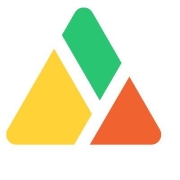
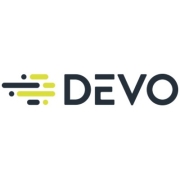
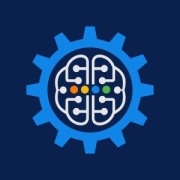



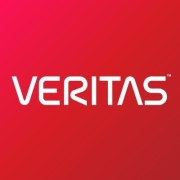






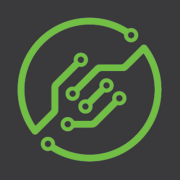





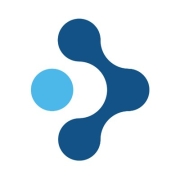
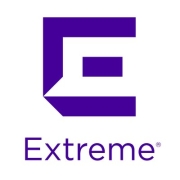
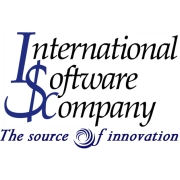
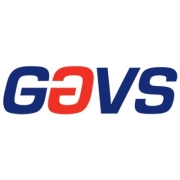
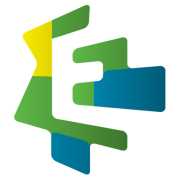






Many companies are using artificial intelligence (AI) tools to improve operations because IT operations analytics (ITOA) tools can simplify day-to-day IT Ops.
Integrating IT Operational Analytics gives organizations an organized way to improve efficiency. By implementing ITOA practices and tools, companies can streamline processes, thus reducing cycle time and costs.
Organizations usually gather data for compliance or reporting purposes. Still, many companies don’t yet understand the importance of leveraging operational data. Every operation contains a gold mine of useful information that, if analyzed, can provide pinpoint detail over productivity, efficiency, security, and many more applications.
Integrating ITOA practices and tools means taking a proactive approach, monitoring and analyzing operations data to detect and identify bottlenecks and problematic patterns before they stall operations.
ITOA also enhances security. Let’s say you are under a DDoS (Distributed Denial of service) attack. Finding the root cause quickly is key to stopping it. An ITOA tool can give you visibility over the entire environment to spot changes and identify the vulnerability that gave way to the attack. IT operations analytics can also help prevent threats because it can detect potential vulnerabilities in the system, allowing you to fix them before an attacker can exploit them.
IT Operations Analytics can significantly enhance predictive maintenance by utilizing data-driven insights to anticipate and prevent equipment failures. By analyzing data patterns from various sources, you can identify potential issues before they occur, allowing you to schedule maintenance proactively. This reduces downtime, lowers costs, and increases the overall efficiency of your IT operations. Predictive maintenance powered by IT Operations Analytics ensures that your systems remain operational and reliable.
What are the benefits of implementing IT Operations Analytics?Implementing IT Operations Analytics brings several advantages, including improved decision-making, increased operational efficiency, and enhanced problem-solving capabilities. You gain valuable insights into system performance, enabling more informed decisions. The analytics can pinpoint inefficiencies, allowing you to streamline operations and reduce costs. Additionally, the ability to quickly identify and resolve issues minimizes downtime and maintains consistent service levels, ultimately enhancing customer satisfaction.
How does IT Operations Analytics contribute to incident management?IT Operations Analytics plays a crucial role in incident management by providing real-time insights and facilitating faster resolution of incidents. By analyzing incident data, you can identify recurring patterns and underlying causes, enabling you to implement effective corrective measures. This leads to a more proactive approach to managing incidents, reducing their frequency and impact. The analytics also help in prioritizing incidents based on severity, ensuring critical issues are addressed promptly.
What key features should you look for in an IT Operations Analytics solution?When evaluating an IT Operations Analytics solution, focus on features such as real-time data analysis, predictive analytics, and integration capabilities. Real-time data analysis helps in making timely decisions, while predictive analytics provides foresight into potential issues. Integration with existing systems and tools ensures seamless data flow and comprehensive insights. Look for user-friendly dashboards and reporting tools that facilitate easy access to insights and foster collaboration among teams.
Can IT Operations Analytics improve resource allocation?Yes, IT Operations Analytics can significantly improve resource allocation by providing detailed insights into resource usage and performance. By understanding how resources are being utilized, you can identify areas where resources are under or over-utilized. This enables you to reallocate resources more effectively, ensuring optimal performance and cost efficiency. The analytics help in making informed decisions about scaling resources to meet demand, preventing over-provisioning and unnecessary expenses.